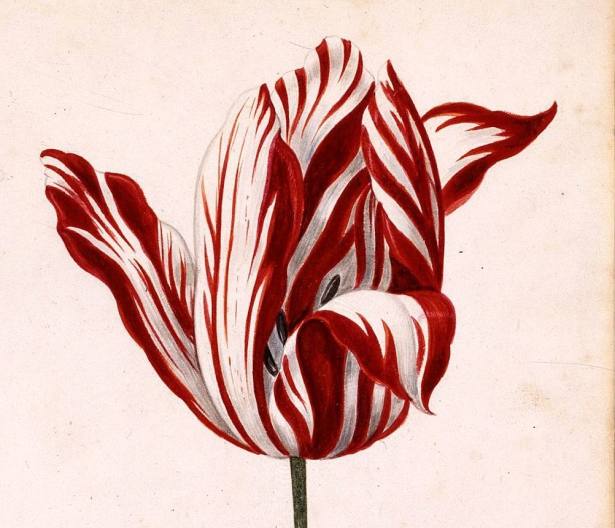
"With Bitcoin, the scarcity makes nothing valuable."
So says comedian JP Sears in one of his video sketches, published in December last year when the rise of bitcoin seemed inexorable.
Shortly after this was published, a fireman friend of ours asked us at a party how to invest in bitcoin, because he didn't have much in the way of savings and he wanted to be a millionaire by the time he is 40.
The father-of-two happened to be in a room with four financial journalists with 80 years' experience between them, who advised him to pay off his debts, put more into his pension and start saving into tax-efficient investments such as Isas, before committing all his meagre savings to something so racy.
The problem with headline-grabbing investments is not usually the investment itself - it is the rush of ill-informed people towards it without any consideration for risk, reward, regulation, understanding of how the investment works, and that all-important factor of taxation.
But what caused a local hero and an American comedian to pontificate about cryptocurrency? How did Bitcoin and its companion cryptocurrencies such as Ethereum and Litecoin garner such interest in them? Where did they come from and where will they go?
Actually, what IS Bitcoin?
Lilian Chovin, investment strategist at Coutts, puts it simply: "As a payment system, Bitcoin is a way of getting money from one person to another, rather than as a currency itself.
"So, when you buy or sell Bitcoins to make a transaction, you are in fact trading the tokens attached to Bitcoin's payment protocols.
"These tokens can then be converted back into the native currency of the buyer and seller in the transaction."
Background
The birth of Bitcoin can be traced back to 2008, when a paper was published under the name of Satoshi Nakamoto - who may or may not be a real person - describing the Bitcoin cryptocurrency.
In 2009, the first few blocks of bitcoin were mined; at the same time, the blockchain database on which cryptocurrency operates was also devised by the mysterious Nakamoto.
For many months, bitcoin was in what could be described as 'beta' testing mode - worth just six cents (US$0.06; £0.04) and doing very little for a long time.
There was a slight upturn in interest in 2013, when it rose to approximately £600, and then did nothing again for a long time. Then suddenly, it seemed to spring into life in 2017.
Alongside this, more cryptocurrencies sprung up; in 2017 alone approximately 550 cryptocurrencies started trading, such as Bitcoin Gold, Cardano, Walton, and the rather unorthodoxly-named GroinCoin.
Some of these did not survive, but others did surprisingly well, with new releases of blocks of coins in January this year. The longer-established currencies - Litecoin, Ethereum, Bitcoin and Ripple, for example - saw huge price increases.






